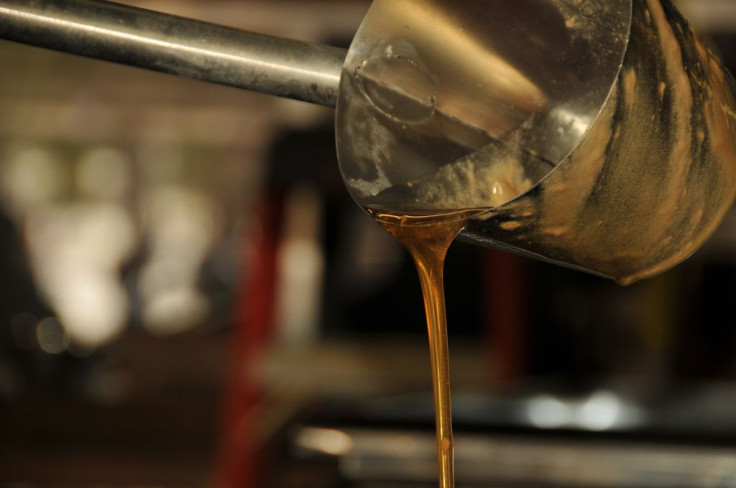High Fructose Corn Syrup Linked To Weight Gain And Inactivity In Mice

In the past few decades, high fructose corn syrup has reached unprecedented levels in the American diet as it appears more in soft drinks and some baked goods. The highly processed product of converting sugars in corn syrup, high fructose corn syrup now accounts for 10 percent of U.S. citizens’ caloric intake. While many studies have examined the effects of diets heavy in fructose compared with other sugars, researchers at the Beckman Institute of the University of Illinois decided to do the first calorie-for-calorie comparison of a fructose diet with a diet of the simple sugar, glucose. Basing their study on the statistic that male adolescents present the largest consumers of fructose (15 to 23 percent total calorie intake) and utilizing these values, researchers hoped to isolate fructose as a component that could solely be attributed to weight gain and inactivity. Their findings are published in Scientific Reports.
“The link between increases in sugar intake, particularly fructose, and the rising obesity epidemic has been debated for many years with no clear conclusions,” said Catarina Rendeiro of the Beckman Institute for Advanced Science and Technology. “One of the key questions is whether an increase in fructose intake contributes to obesity in the absence of excessive calorie intake.”
In order to find the effects of fructose on its own, researchers under John Rhodes of the Beckman Institute’s NeuroTech Group studied two separate groups of mice over a period of two and a half months. One group of mice was given a diet containing 18 percent of its calories from glucose, while the other was given a diet with 18 percent of its calories from fructose, mimicking the average consumption of the American male adolescent.
Researchers made sure that the diets only differed from the mice’s normal diets in sugary components. “The important thing to note is that animals in both experimental groups had the usual intake of calories for a mouse,” Rendeiro said. “They were not eating more than they should, and both groups had exactly the same amount of calories deriving from sugar, the only difference was the type of sugar, either fructose or glucose.”
Results did not surprise the researchers: The mice receiving fructose showed substantial increases in body weight, liver mass, and fat mass when compared with their glucose-fed counterparts. What did shock researchers, though, were the mice’s subsequent activity patterns. Mice that were given fructose also appeared less active, leaving researchers stumped.
“We don’t know why animals move less when in the fructose diet,” Rhodes said. “However, we estimated that the reduction in physical activity could account for most of the weight gain.”
Researchers also believe the different way we process fructose in comparison to glucose may have something to do with the mice’s differing weight gain. “We know that contrary to glucose, fructose bypasses certain metabolic steps that result in an increase in fat formation, especially in adipose tissue and liver,” said Jonathan Mun, one author of the study.
Rhodes believes this study gives further credence to how fructose contributes to obesity-related health issues. “Our study suggests that such levels of fructose can indeed play a role in weight gain, favor fat deposition, and also contribute to physical inactivity,” Rhodes said. He concludes by warning that we must be more aware of the types of calories we are putting into our bodies: when it comes down to it, stick with what’s natural.
Source: Rendeiro C, Mun J, Rhodes J, et al. Fructose decreases physical activity and increases body fat without affecting hippocampal neurogenesis and learning relative to an isocaloric glucose diet. Scientific Reports. 2015.



























